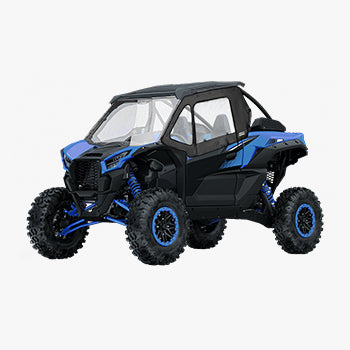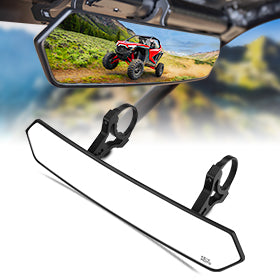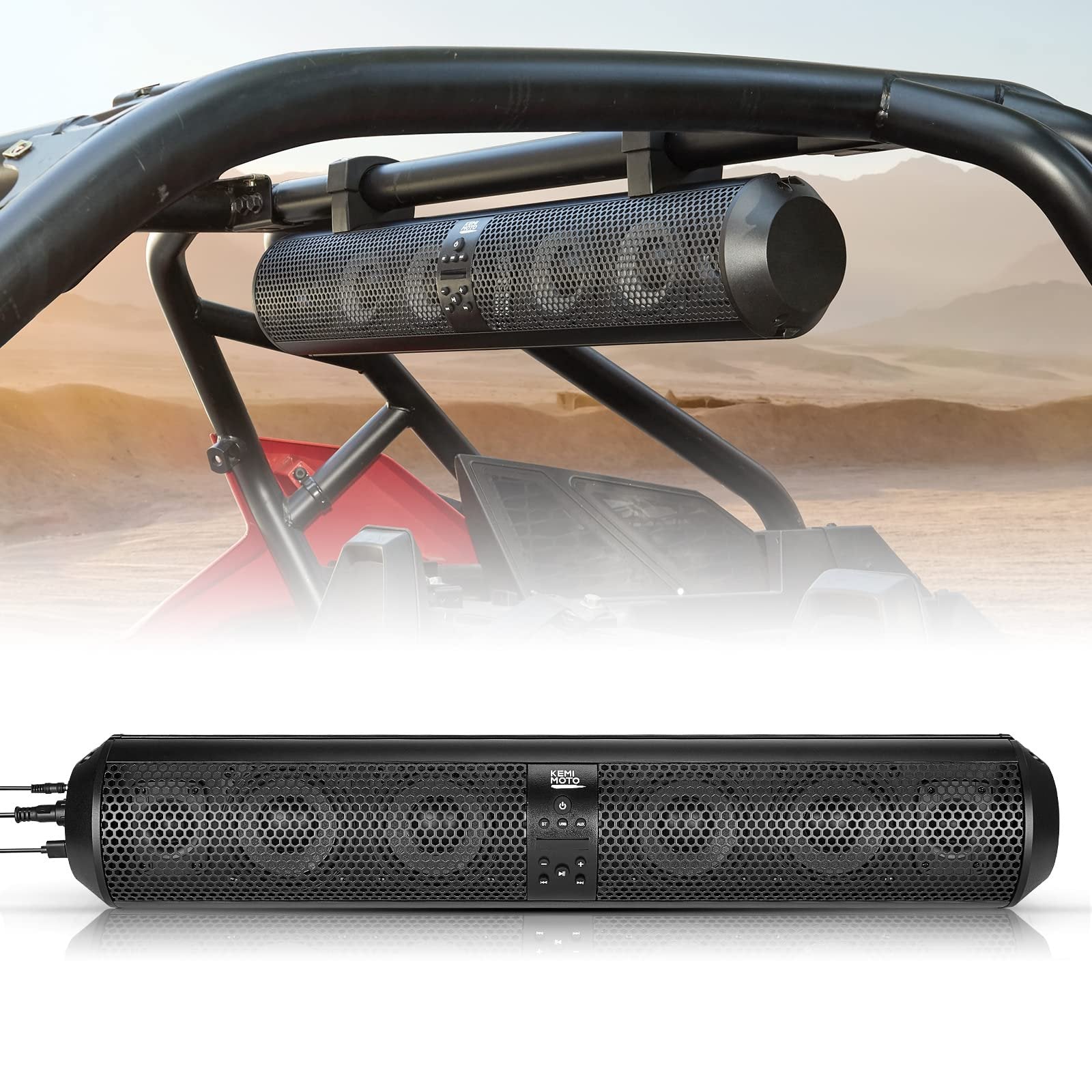What Is The Best Heated Vest For Men?

When the temperatures drop and you’re heading outside—whether it’s for early-morning errands, a brisk hike, a hunting trip, or commuting to work—a heated vest can make all the difference between shivering through the cold and staying comfortably warm. Instead of layering multiple bulky jackets that limit your range of motion, a high-quality heated vest delivers targeted warmth to your core while keeping you lightweight, mobile, and ready for action.
What makes heated vests so practical is their ability to blend technology, comfort, and efficiency. They use discreet, built-in heating elements powered by a rechargeable battery for heated vest systems to deliver soothing warmth right where you need it most—usually across your chest and back, and sometimes your neck. This design keeps your vital organs warm, improving circulation and preventing the deep, chilling cold that can ruin your day outdoors.
For men who love outdoor adventures, heated vests are no longer a luxury—they’re an essential piece of cold-weather gear. Whether you’re trekking through frosty trails, camping under the stars, setting up at a job site, or waiting quietly in a hunting blind, a heated vest provides the perfect balance of warmth and mobility.
In this guide, we’ll explore what makes the best heated vest for men, highlight key features to look for (like battery performance, heating zones, and hood options), and introduce the standout model—the KEMIMOTO Men’s Heated Vest.
Why A Heated Vest — And Who It’s For
A heated vest adds battery-powered warmth to your torso using thin heating elements sewn into the fabric. Compared with heavy jackets, vests keep the core warm while allowing arm mobility and layering flexibility. They’re ideal for:
- Hunters who need quiet, low-profile warmth while remaining mobile.
- Commuters and riders who don’t want bulky coats under helmets or harnesses.
- Outdoor workers who require prolonged warmth but need dexterity.
- Anyone with poor circulation who wants an immediate, controllable heat source.
Heated vests aren’t a luxury anymore—they’re practical gear that extends your comfortable season and protects your core against cold-related fatigue.
Key Features to Look For in The Best Heated Vest for Men
When evaluating heated vests, prioritize the following:
1. Heating zones & power levels
More heating zones (chest, back, neck) let you target warmth where you need it. Multiple power/heat settings give you fine control over output and battery life.
2. Battery capacity & type — battery for heated vest
Battery size (mAh) determines runtime. Common packs range from 5,000 mAh to 20,000 mAh. Look for a UL or CE-certified power bank for safety, and note whether the vest uses a common USB power bank style (easy to replace) or a proprietary pack. A 9,600–10,000 mAh pack will typically provide several hours of heat on medium settings; larger packs run longer but add weight.
3. Material & weather resistance
Windproof, water-resistant outer shells and comfortable linings (fleece or soft polyester) improve warmth retention and comfort.
4. Hood & design options — heated vest with hood
Some vests include a hood for neck and head warmth. A removable or foldable hood is versatile: wear it when you need extra heat, tuck it away otherwise.
5. Washability & maintenance
Heating elements should be removable, or the manual must state that the vest is machine washable after the battery is removed.
6. Safety features
Overheat protection, insulated wiring, and certified batteries (UL2054 or similar) reduce risk. Don’t ignore safety specs—cheap packs without certification can be hazardous.
Spotlight: KEMIMOTO Men’s Heated Vest with Hood
If you want a ready-to-buy, reliable option, the KEMIMOTO Men’s Heated Vest with Hood is a strong candidate. It blends thoughtful features with mid-range pricing and is designed specifically for active outdoor use. Here’s what stands out:
-
Five heating zones (targeting back and front/core areas) with three heat levels for personalized comfort. This layout provides even, effective core warmth for long outings.
-
Foldable heated hood — the hood can be used to warm the neck/back area or tucked away when you don’t need it, giving you the best of a heated vest with hood and a sleek vest silhouette.
-
Battery for heated vest: it ships with a UL-tested 9,600 mAh power bank. KEMIMOTO advertises up to 8 hours of runtime depending on heat setting and usage, and the pack doubles as a phone power bank via USB output. That capacity strikes a good balance between runtime and weight for most users.
-
Safety & certification: KEMIMOTO lists UL2054 certification for the battery pack—an important safety check for wearable power banks.
-
Build & comfort: water-resistant outer shell, soft inner lining, and a slim profile mean you can wear it under a shell or over a base layer. The vest is marketed as machine-washable after removing the battery.
Why this matters: for a multi-purpose heated vest, a sensible balance of heating zones, a certified battery of 10,000 mAh, and a hood option make the KEMIMOTO unit a compelling “best overall” or “best value” pick for many men who want practical warmth without excess bulk.
How to Choose the Right Battery for Your Heated Vest

The battery for the heated vest is the heart of the system. Here’s how to choose:
-
Capacity (mAh): More mAh = longer runtime. If you hunt all day or ride long routes, aim for ≥10,000 mAh. For short commutes, 5,000–8,000 mAh may suffice. KEMIMOTO’s bundled ~9,600–10,000 mAh pack is a good all-around choice.
-
Output & voltage: Ensure the power bank matches the vest’s voltage requirement. Wrong voltage can damage the vest.
-
Certifications & safety: UL, CE, or other safety approvals are important. Batteries used near the body should meet safety standards—KEMIMOTO lists UL2054 testing for its battery.
-
Weight vs. runtime tradeoff: Bigger battery = more hours, but extra weight. Consider where the pack sits (pocket vs. mounted on the back) and how that weight feels on your body.
-
Dual use: A USB powerbank that charges phones is handy; KEMIMOTO’s pack supports phone charging while powering the vest.
Care, Safety, and Maintenance
- Always remove the battery before washing. Most vests are machine-washable with the battery removed; follow the label.
- Store batteries properly—don’t leave a rechargeable pack fully depleted for long periods; store in cool, dry places.
- Check wiring & connections regularly; replace if frayed.
- Replaceable parts: if the manufacturer offers a replacement battery or heating element that extends the vest’s usable life.
What to Watch Out for
- No substitute for full weather protection: heated vests warm your core but won’t fully replace a heavy coat in extreme storms—use as part of a layering system.
- Battery weight & size: larger batteries extend runtime, but can feel bulky.
- Heat spread: cheaper vests may have uneven heating—pick a model with multiple well-placed heating zones. KEMIMOTO’s five-zone design aims to reduce hot-spotting.

Bottom Line — the Best Heated Vest for Men?
There’s no one “best” for every man, but if you want a balanced, practical heated vest that fits multiple uses—commuting, riding, working outside, or field seasons—the KEMIMOTO Men’s Heated Vest with Hood is a top contender thanks to its multiple heating zones, foldable hood option, certified 9,600 mAh battery, and up to 8+ hours of heat on a charge. It’s a versatile pick for those who want a heated vest with a hood that also performs well as a heated hunting vest or everyday warm layer. Use code “kemi12” at checkout to enjoy an extra 15% off sitewide. Gear up with Kemimoto and make every ride more exciting!









Leave a comment